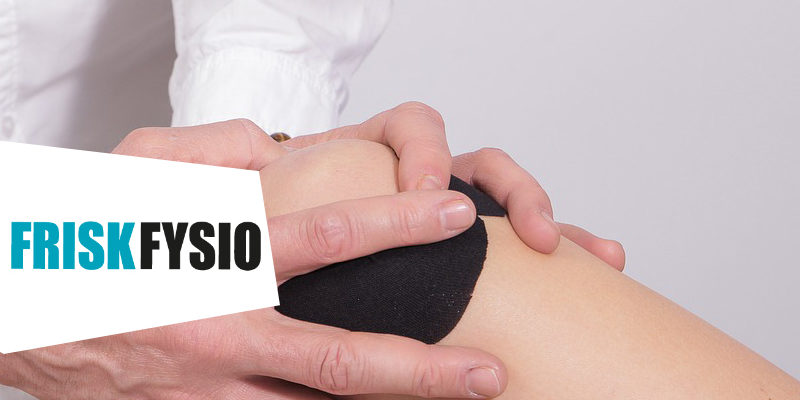Do you experience burning, stabbing pain on the outside of your knee while exercising? This may indicate a runner's knee. This injury mainly occurs in runners and cyclists because they train (too) much.
How do you recognise a runner's knee?
During exercise, the pain slowly sets in. As the pain becomes increasingly severe, it is impossible to continue playing sports. Especially stretching and bending the knee is painful and Because of this, you sometimes see a slight swelling on the outside of the knee.
Cause runner's knee
A runner's knee results from repeated friction between the tendon in your leg and your thigh bone. When cycling and running, this tension increases and you run a increased risk. This is also the case if you have O-legs, wear poor footwear, your training build up too quickly or have insufficient strength in your hip and gluteal muscles.
What factors play a role in its occurrence?
Risk factors include: incorrect training structure; incorrect running technique and running on irregular terrain. There is also evidence that reduced strength or imbalance of strength of the leg and hip muscles can contribute to symptoms. If you find yourself feeling can overstretch the knee, the risk is greater.
What should you do in case of a runner's knee?
Adjust your training if pain increases during or after exercise. Train for less time and intense. Doesn't that help? Then ask us for advice. We can guide you through targeted strength training and stretching of the leg and hip muscles. It may be necessary to use the sport that causes the pain is best avoided for one to two months. This is not always necessary, but it is important to keep moving. A lighter sport like swimming, walking or quiet cycling is ideal here.
Physiotherapy for a runner's knee
To find out how your runner's knee developed, we will first determine what factors are involved. have played a role. Usually, therapy consists of stretching exercises, targeted strength training and running training. We give advice on how to adapt your running training as long as you have the symptoms. When it gets better, you can slowly build up your training again.
Want to know more?
Contact us with no obligation. We would love to help you get rid of your runner's knee!







